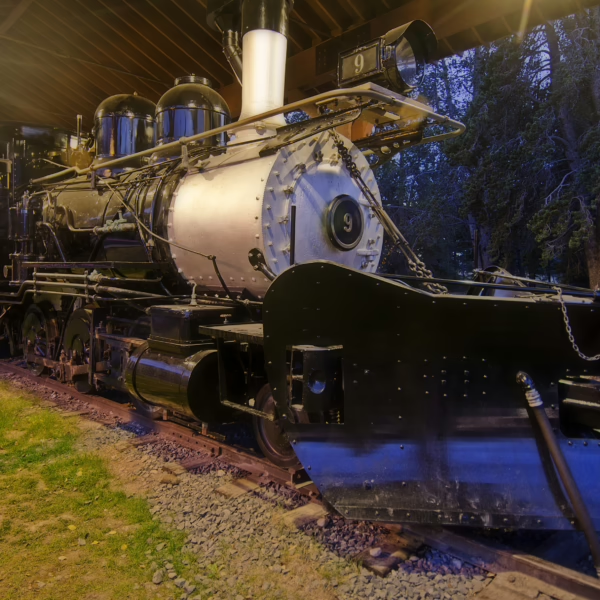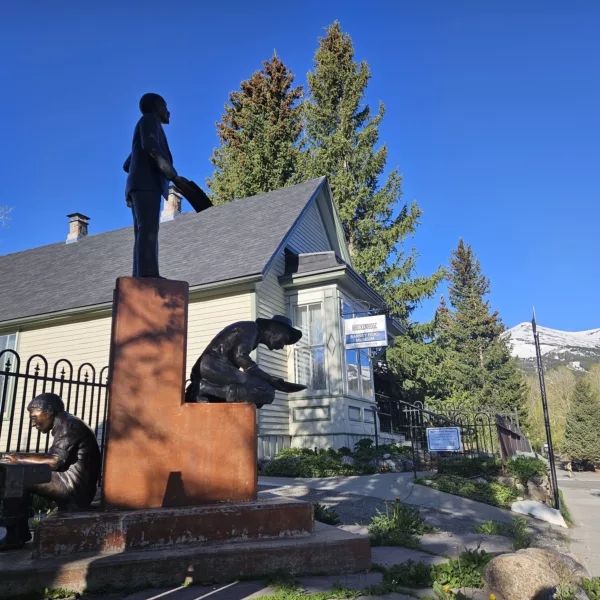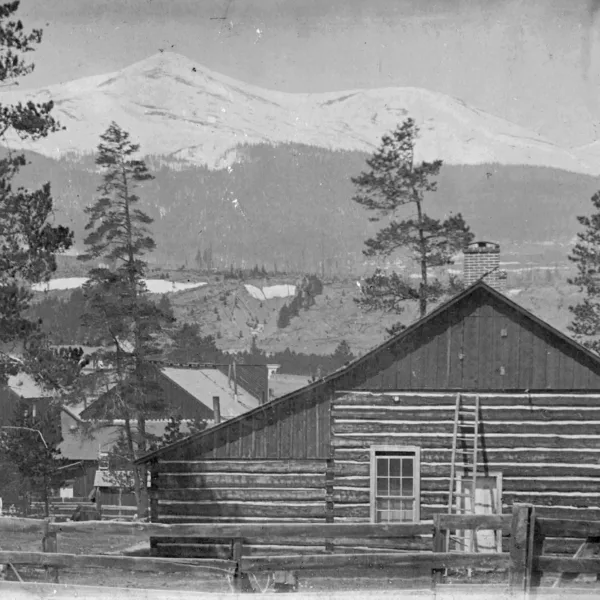Celebrating the Indigenous People of Breckenridge, CO
October 08, 2021 | Category: Our Collective History
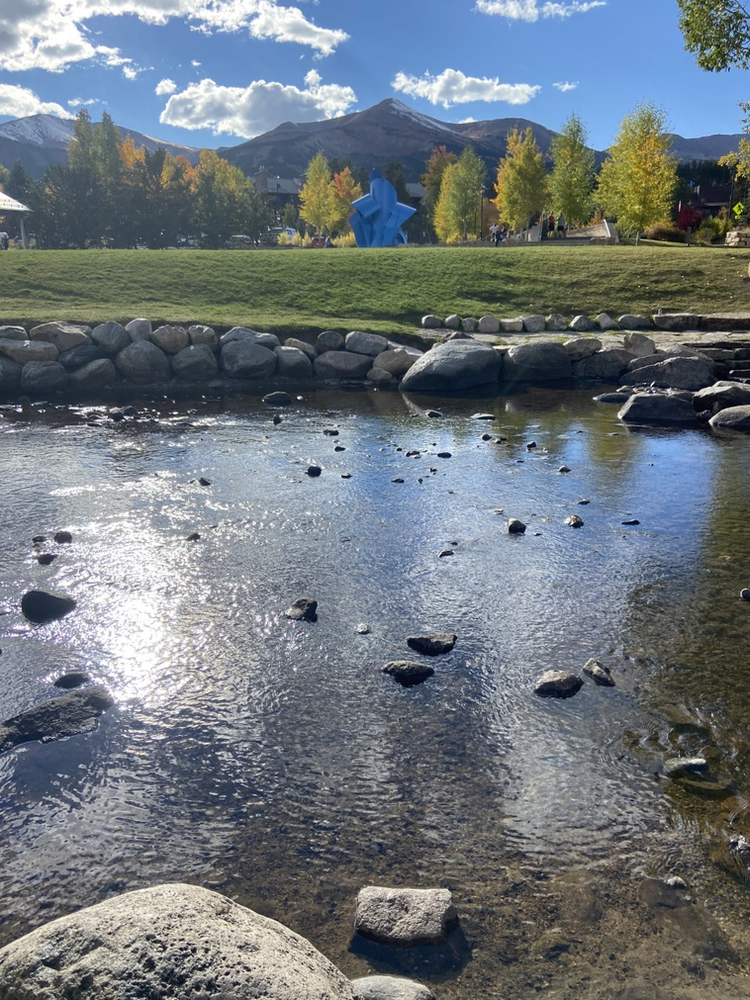
The first prospectors to arrive in the Breckenridge area called this the “Blue River Diggings.” By 1859, the name ‘Blue River’ was well established. Historians give credit for the name to the original Ute people of the region: “where the river of blue rises.” Today, little remains of the Ute people who called this area home for many thousands of years. In honor of Indigenous People’s Day, the Breckenridge Heritage Alliance acknowledges those who came before the prospectors and settlers who made Breckenridge.
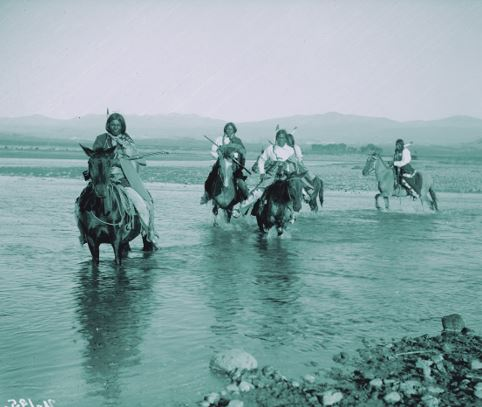
The mountains of Colorado were home to the native Ute people for at least 8,000 years, and likely much longer. One of the few native tribes without a migration story, Ute people claim they have always been in the “Shining Mountains.” The Utes, after whom the state of Utah is named, migrated seasonally through the Rocky Mountains, following bison and searching for plants and other game. Their mobile domicile was the tipi. Today we still call the trees they used to make the poles for their lodges “lodgepole pines.” Among the first tribes to take advantage of the horses brought by Spanish Conquistadores in the 1500s, the Ute people were known to be excellent horsemen. Native ponies were a symbol of wealth and power to the Ute people.
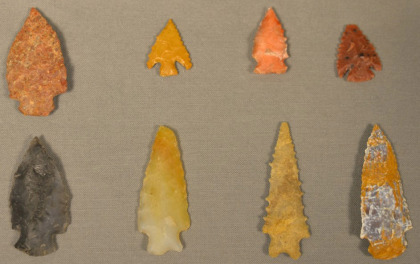
Locally, archeological evidence suggests occupation by Native people for many thousands of years. Atop Vail Pass, ancient fire pits, shards and bones attest to the longevity of the Native people in this area. Fire pits used consistently from 4800 BCE to about 1760 CE are preserved under the rest area parking lot. At another location in Summit County, surveyors locating the path of high-tension power lines discovered remains of a hunting camp. A friend of this author found a ceremonial lance point on her property in the Lower Blue River valley, dated by an expert at 5,000 to 7,000 years old.
Utes are mentioned a few times in Breckenridge’s historic record. Eli Fletcher, who came to Breckenridge in the mid-1860s as a child, reportedly played with Ute children as the tribe moved through the valley in the summer. Breckenridge’s earliest prospectors built a fort located near today’s City Market to protect themselves against possible winter raids by Natives. Tribes of Ute were known to camp near today’s Frisco and at the confluence of the Blue and Swan Rivers. In 1860, miners reported 500-600 Utes moving through the area and passed with “no ill will.”
The enemy of the Ute were the Arapaho and Cheyenne people, plains-dwelling tribes that penetrated the mountains for game, lodgepoles, and to torment their sworn enemies, the Utes. Yet the Ute people were known to be friendly to white prospectors and settlers, at least for the first few decades.
It appears that the Ute people largely gave up on the Blue River valley after the miners polluted the waters and drove off the game. Few surviving reports indicate a Ute presence in the area into the 1870s, with one notable exception, intended to inflame emotions against the Native people. In October 1879, newspapers reported that Montgomery (near today’s Alma) was “burned to the ground” and Breckenridge was “in ashes.” None of it was true. As reported by well-traveled Father John Dyer, “the Indians were not within a hundred miles.”
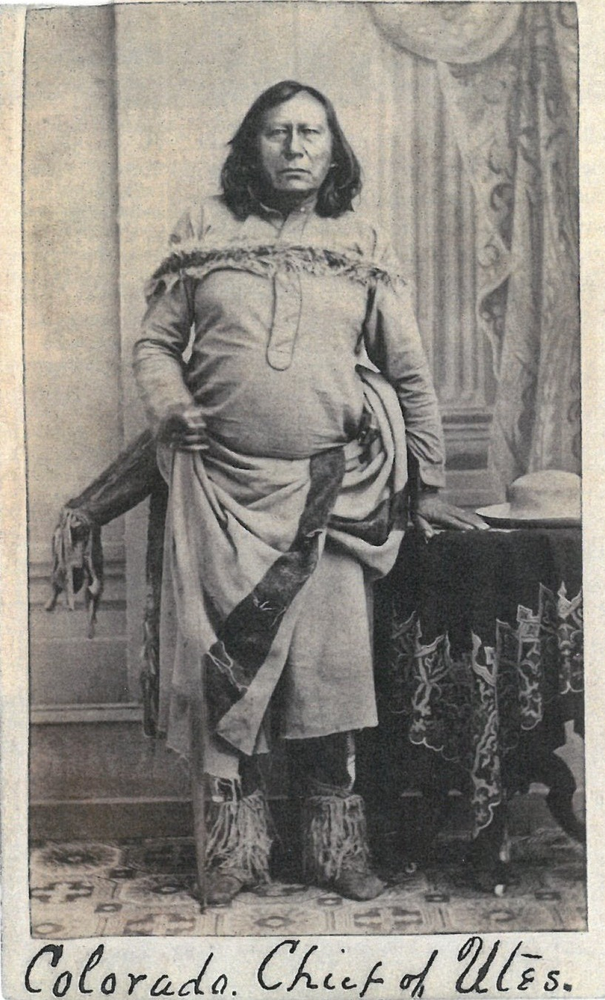
As a result, little is known about the native people of Summit County, except what we can learn from the broader historical context of the Ute people in Colorado. We do, however, know a considerable amount about Colorow, a tribal leader who traveled across the state and spent enough time in Summit County to gain a reputation. “Old Chief Colorow at one time threatened to kill Mother and burn Breckenridge down because Mother refused to cook special meals for himself and his squaw,” reported the daughter of “Mother,” Mrs. Martha Ralston Silverthorn. Colorow was known as a portly man with a fondness for the prospector’s biscuits. While friendly to settlers and among the first to introduce himself to newcomers, Colorow soon became persona non grata as tensions between settlers and natives escalated.
In 1882, Colorow and Chipeta, widow of Ute chief Ouray, attended a fancy ball in Decatur (near today’s Montezuma). The newspaper article details their outfits and describes Colorow: “His hair was dressed a la’ Oscar Wilde.” By 1883, the same newspaper called Colorow “unpopular.” Starting in the mid-1880s, after the removal of all Utes to reservations in Utah and southern Colorado, local newspapers began to call for the extermination of Ute people. On August 20, 1887, the Montezuma Millrun, stated: “Colorow should have been killed years ago. We earnestly hope that the entire band will be wiped from the face of the earth.”
Native Americans were not wiped from the face of the earth. Today, “Native people are 1% of the population and we need allies and supporters,” expressed Consuelo Redhorse, Summit County resident and member of the Summit School District Board. “We are still here,” she continued. Issues facing Native Americans today include loss of language and culture primarily due to assimilation programs indoctrinated at Indian Boarding Schools. Widespread misunderstanding of the over 500 distinct Native cultures and Federally-recognized tribes hinders efforts of Native people to be recognized as individual groups, added Redhorse, herself a member of the Dine’ people, also known as Navajo.
Another tragedy endured by Native people are the Missing and Murdered Indigenous Women (MMIW). The death of Gabby Petito in Wyoming highlighted that in the past 10 years, 710 indigenous people, mostly women, have been murdered or gone missing in Wyoming alone. The criminal investigative resources dedicated to Petito’s death have not been applied to MMIW.
Today in the Breckenridge area, when we travel Boreas Pass or Hoosier Pass, we know we are following paths set by Native feet thousands of years ago. Our Blue River still rises to meet the mountains and sky. We honor those who came before us and acknowledge these lands were once the sovereign home of the Ute people.
For more information about Breckenridge history, visit the Breckenridge Heritage Alliance to read more blogs and history articles, join a guided walking tour or hike, or explore a free museum.
written by Leigh Girvin

